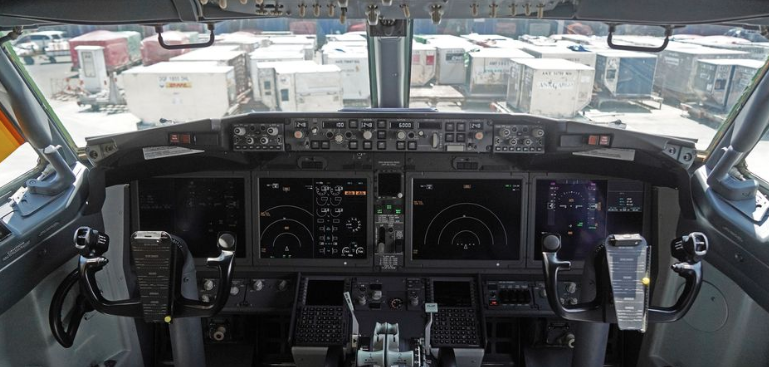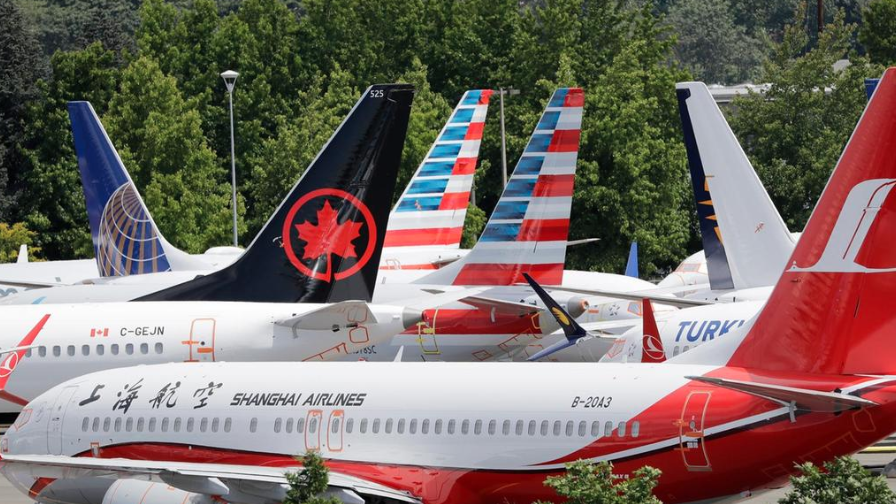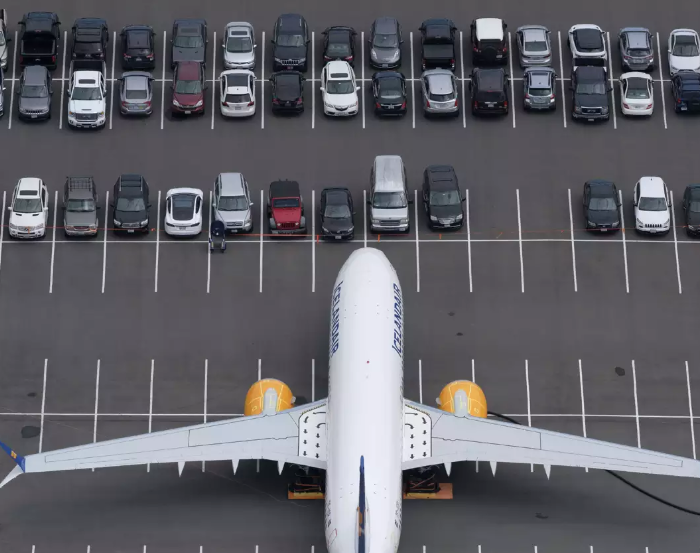- Joined
- Apr 14, 2011
- Messages
- 16,868
- Points
- 113
Software used in 737 Max crashes linked to Indian software companies
Correspondent

Through an investigative journalism work, Bloomberg published an article today (‘Boeing’s 737 Max Software Outsourced to $9-an-Hour Engineers‘, 29 Jun) establishing that the Boeing’s 737 Max software had been outsourced to Indian software engineers working for only US$9 an hour in India, compared with US$35 to $40 for those in the U.S. on H1B visa or more for a full-time US software engineer.
Bloomberg also found that Boeing’s subcontractors and suppliers were also outsourcing software work to India, in order to keep the cost down and to maximize profits.
Longtime Boeing engineers whom Bloomberg spoke to, revealed that the problematic Max software which was plagued by issues, was developed at a time Boeing was laying off experienced engineers and pressing suppliers to cut costs. Hence, there was a push to outsource work to lower-paid contractors. This led to the reliance on temporary workers making as little as US$9 an hour to develop and test software, often from countries lacking a deep background in aerospace – notably India.
Two Indian software companies were found by Bloomberg to be linked to the Max software development – HCL and Cyient (formerly known as Infotech). The coders from HCL were typically designing to specifications set by Boeing, said a former Boeing software engineer. Still, “it was controversial because it was far less efficient than Boeing engineers just writing the code,” he said. Frequently, “it took many rounds going back and forth because the code was not done correctly,” he recalled.
Another former Boeing engineer, a flight controls developer who was laid off in 2017, told Bloomberg, “Boeing was doing all kinds of things, everything you can imagine, to reduce cost, including moving work from Puget Sound, because we’d become very expensive here. All that’s very understandable if you think of it from a business perspective. Slowly over time it appears that’s eroded the ability for Puget Sound designers to design.”
Outsourcing has long been a sore point for Boeing engineers, who, in addition to fearing job losses say it has led to communications issues and mistakes.
Boeing: HCL and Cyient not involved
In response to Bloomberg’s enquiry, Boeing said that it did not rely on engineers from HCL and Cyient “for the Maneuvering Characteristics Augmentation System”, which has been linked to the Lion Air crash last October and the Ethiopian Airlines disaster in March, both involving the 737 Max planes. Boeing claimed it didn’t rely on either firm for another software issue disclosed after the crashes: a cockpit warning light that wasn’t working for most buyers.
“Boeing has many decades of experience working with supplier/partners around the world,” Boeing said. “Our primary focus is on always ensuring that our products and services are safe, of the highest quality and comply with all applicable regulations.”
In a statement, HCL added that it “has a strong and long-standing business relationship with The Boeing Company, and we take pride in the work we do for all our customers. However, HCL does not comment on specific work we do for our customers. HCL is not associated with any ongoing issues with 737 Max.”
HCL linked to Max’s flight-display software
However, investigations from Bloomberg revealed that, based on resumes posted on social media, HCL engineers had helped develop and test the Max’s flight-display software, while employees from Cyient handled software for flight-test equipment.
In one post, an HCL employee summarized his duties with a reference to the now-infamous 737 Max model, which started flight tests in January 2016, “Provided quick workaround to resolve production issue which resulted in not delaying flight test of 737-Max (delay in each flight test will cost very big amount for Boeing).”
Also, Bloomberg found out that a Boeing’s subcontractor, Rockwell Collins, which makes cockpit electronics, had been outsourcing significant work to India. By 2010, HCL employed more than 400 people at design, development and verification centers for Rockwell Collins in Chennai and Bangalore.
That same year, Boeing opened what it called a “center of excellence” with HCL in Chennai, saying the companies would partner “to create software critical for flight test.”
Rockwell Collins won the Max contract for cockpit displays, and it has relied in part on HCL engineers in India as well as those in the U.S. on H1B visa. Then, contract engineers from Cyient helped test the flight test equipment.
With regard to the 2 crashes, federal investigators suspected that the 737 Max MCAS system pushed the planes into uncontrollable dives because of bad data from a single sensor. That design violated basic principles of redundancy for generations of Boeing engineers, and the company apparently never tested to see how the software would respond, sources told Bloomberg.
Boeing also has disclosed that it learned soon after Max deliveries began in 2017 that a warning light that might have alerted crews to the issue with the sensor wasn’t installed correctly in the cockpit flight-display software.
Singapore’s SGX outsources to HCL too
In 2010, the Singapore Exchange (SGX) and HCL signed a five-year IT infrastructure outsourcing agreement worth S$110 million.
Under the agreement, HCL provided SGX with infrastructure support and management services including the exchange’s Reach initiative. The S$250 million Reach initiative was aimed to create the “world’s fastest trading engine, establish a state-of-the-art data centre” offering co-location facilities and seamlessly connect trading communities in global financial hubs to Singapore.
HCL said its architecture for SGX is powered by a dynamic two-pronged strategy comprising ‘Change the Business’ and ‘Run the Business’ services.
Then Mr Bob Caisley, EVP and CIO at SGX said, “HCL is an important partner for SGX in enabling the Reach initiative to provide customers with the fastest access to Asia, and in enhancing the efficiency and effectiveness of our operations on a daily basis. The implementation of Reach will ensure that SGX’s position as a leading listing venue for international issuers and the unparalleled trading venue for Asian products is fortified and future-proofed.”
Mr Kiran Bhagwanani of HCL said, “It is our privilege to be associated with SGX as it continues to improve its customer offerings. Our aim is to enable transformation of data centre and network operations at SGX to bring in enhanced efficiency and clear business benefits.”
Five years later in 2015, Bob Caisley quietly left SGX. His departure came after SGX suffered 2 serious trading disruptions late in 2014 and was rebuked by the Monetary Authority of Singapore (‘MAS raps SGX for market outage lapses‘).
The outages were said to have been caused by a software error and a power failure as SGX grappled with falling trading volume.
Meanwhile, under India–Singapore Comprehensive Economic Cooperation Agreement (CECA), Singapore welcomes Indian software companies to “invest” in Singapore even though they mostly employ their own Indian software engineers from India. The engineers can be transferred to work in Singapore easily under the inter-company transfer arrangements agreed in CECA without the need for market testing.





